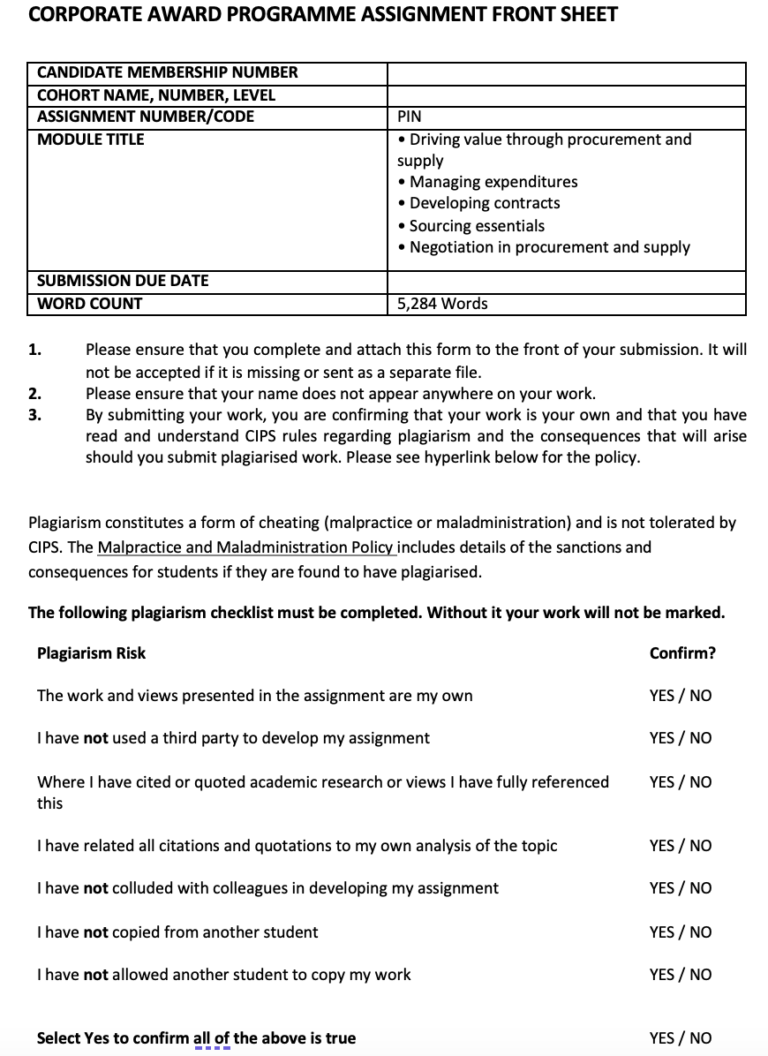Description
Solution
| Explain the key components of an effective total reward system. (AC5.1)If you use secondary sources you should include your short references in the narrative here. Wordcount: Approximately 250 words. |
| Total Reward System
The total reward system represent comprehensive and well-integrated strategy to reward staff by using compensation, benefits, perks, recognition opportunity, work and life balance, career growth and development (CIPD, 2023). Financial Rewards This is also identified as monetary pay offered to the employees for executing their functions which include pay, bonuses issued, commission and benefits (AdareHR, 2021). Financial rewards include; Base Pay– This example include the salaries and hour-based wages offered to the employees to pursue their job functions. For Clean Quarter, this can be fixed despite of how the organisation or employees execute their roles. Performance-based Pay– This entail further pay which is offered to the employees after they have achieved their assigned roles or succeed in the competency-based system. In Clean Quarter, this can include bonus, profit-based sharing, spot rewards and commission-based pay. Non-Financial Rewards This is identified as non-monetary rewards offered to employees and include being recognised, capacity development, flexibility in working and appropriate workplace culture. The examples include; Learning and Development– The provision of L&D strategies to staff offer them with an appropriate opportunity of attending to external and internal capacity development initiatives. This is while sourcing for support of learning for relevant qualifications or lateral/upward movement in organisation job positions (Pluxee, 2023). For Clean Quarter, this facilitates staff to consistently establish new capability which contribute to increased engagement and performance increase. Recognition Program– This entail a set of initiatives set for acknowledging staff and team-based progress. In Clean Quarter, this can include long service award offered, thank you note, and special mention in their organisations newsletters (Masionis, 2023). This could increase motivation levels and retention.
|
| Explain the relationship between reward and performance. (AC5.2) If you use secondary sources you should include your short references in the narrative here. Wordcount: Approximately 250 words. |
Please click the following icon to access this assessment in full
Related Papers
(Solution) CIPS Advanced Final Project Module 6 – Project, Programme and Change Management in Procurement & Supply
- ADNOC success owing to remodelling of PS&M strategy, confident and capacity of spare parts sourcing, talent management and staff competency
- Improved relations with entire stakeholders (as explained in stakeholders matrix) improving overall organisation operations. 3-D printing would be an improvement from the current iSourcing hence success in technical and commercial-based evaluation
- Enhance an improvement and robust system and policy development to manage any potential gap in PS&M transformation
- Today, lower than 10% of ADNOC PS&M would be aligned to implementation of 3D printing and other modernisation strategies appropriate for the organisation
- Ensure development of new systems and policies which are appropriate for enhancing the current and future implementation of 3D printing and more modernised systems as a progress of their modernisation
- There is a necessity for successfully adopting 3D printing starting with their spare parts sourcing
- By collaborating with UAE government which owns 70% of the ADNOC shares, more revenues would be provided for the organisation successful operations.
- ADNOC engaging all the stakeholders holistically by understanding their interests and expectations
- There is a need to collaborate with government in UAE and other regulators for the sake of improving the suppliers relations
- By collaborating with institutions, they would successfully offer employees learning opportunities
- Adoption of strategic sourcing as part of ADNOC sourcing of 3D printing in spare parts sourcing
(Solution) 5CO01 (AC2.3) Explain different approaches to managing change
(Solution) CIPD 5HR03 legislative requirements that impact reward practice. (AC 2.4)
(Solution) CIPS PIN Final Assessment Negotiation in procurement and supply
- In this integrative assessment for Corporate Award Program establishes it has provided a formal commercial negotiation for Occidental of Oman operating in oil and gas industry.
- Commercial negotiation plan has been developed by reference to data, factual information and CIPS tools. HSE and chemicals portfolio spend category has been identified and evaluated in-depth to come up with an appropriate negotiation plan.
- The importance of identifying the HSE and Chemicals are informed by the previous COVID-19 pandemic which has informed on the need for adopting healthy business environment which is free from any infections.
- Further, coming from the pandemic where the level of business operations had significantly reduced and the organisation need to restart their operations by cleansing their systems and machines. In this case, the need for HSE and the chemicals portfolio in Occidental of Oman has been in an upward trajectory.
- For negotiation successful implementation, Occidental of Oman involves professionals, terms and conditions initiated, holistic readiness and streamlined procurement and supply chain approaches. This is with good forecast and plans being core for guaranteeing customers services delivery on time.
- From the analysis, different tools including SWOT, PESTLE and 4R’s have evidenced that Occidental of Oman is always on the advantage of ensuring they achieve the Best Alternative for Negotiated Agreement (BATNA).
- Also, this report highlight the need for holistic planning by prioritising on all expectation from the initial opening to the closure and agreement phases of negotiation.



